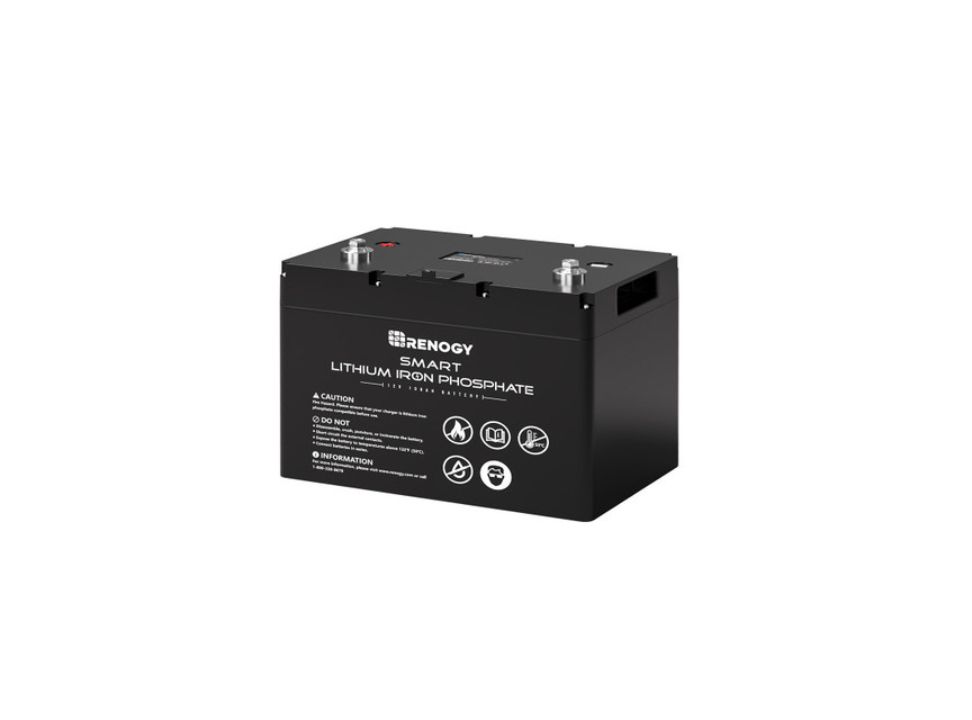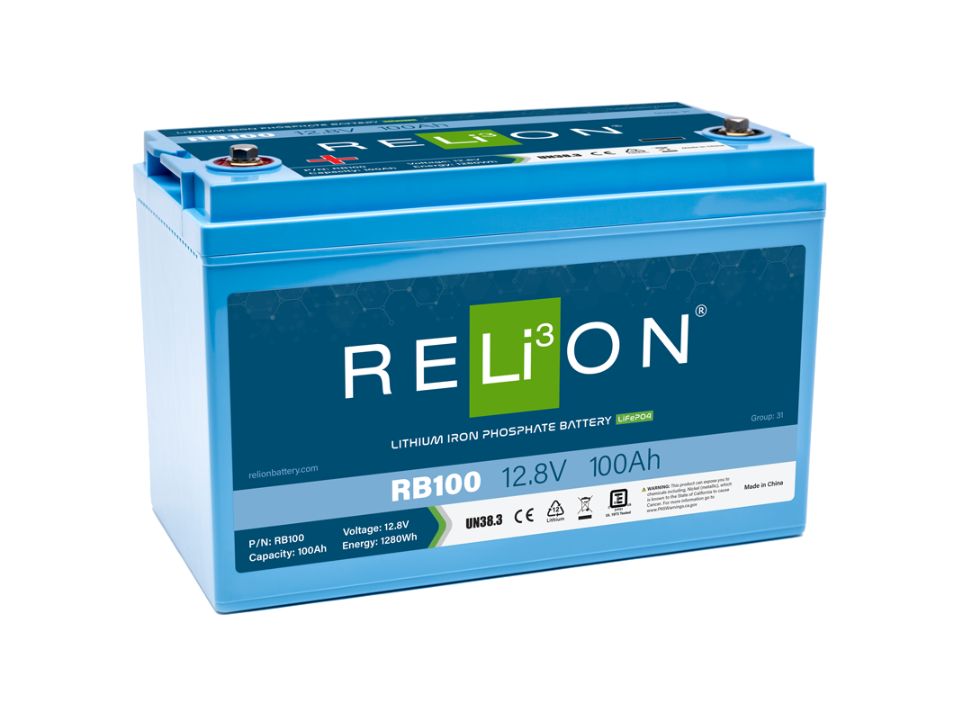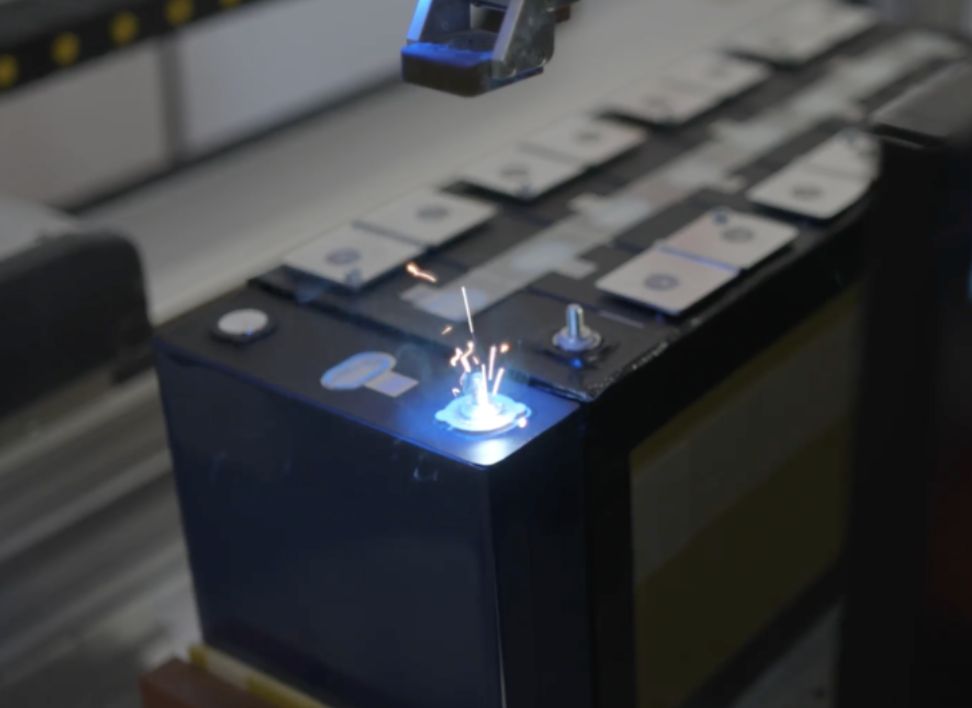When choosing a battery for solar systems, RVs, or marine vessels, two primary options dominate the market: LiFePO4 (Lithium Iron Phosphate) and lead-acid batteries.
As a leading Chinese manufacturer of 12V lithium batteries, Seastar Battery aims to help international buyers understand these technologies so they can make informed decisions.
Table of Contents
LiFePO4 vs. Lead Acid Battery: Key Differences
| Feature | LiFePO4 Battery | Lead Acid Battery |
|---|---|---|
| Life Expectancy | 3,000–5,000 cycles or 10–15 years | 300–1,000 cycles or 3–5 years |
| Depth of Discharge (DOD) | 80%–100% usable capacity | 50% maximum usable capacity |
| Weight | 50%–70% lighter than lead-acid batteries | Heavy, difficult to transport |
| Maintenance | Maintenance-free | Requires regular watering and monitoring |
| Self-Discharge Rate | <3% per month | 10%–30% per month |
| Initial Cost | Higher upfront cost | Lower initial investment |
| Performance in Extreme Temperatures | Performs well in both hot and cold climates | Reduced performance in extreme temperatures |
Key Insight: While lead-acid batteries have a lower upfront cost, LiFePO4 batteries offer superior longevity,
Deeper discharge capabilities, and minimal maintenance—making them the more cost-effective solution over time for off-grid solar systems, RVs, and marine applications
Life Expectancy of 12V Lithium Batteries
LiFePO4 batteries are known for their exceptional lifespan and long cycle life. Here’s how they perform across different use cases:
In RV and Camping Applications
- LiFePO4 batteries can last up to 10 years or 5,000 cycles, even with frequent deep discharges.
- Their lightweight design reduces the vehicle’s overall weight, improving fuel efficiency.
- Use Case: RVers enjoy longer off-grid stays without worrying about battery failures
Example:
Renogy 12V 100Ah LiFePO4 Battery weighs only 26 lbs and lasts over 2,000 cycles, making it ideal for energy-efficient RVs

In Marine and Boating Use
- LiFePO4 batteries are resistant to water, corrosion, and vibrations, essential for marine environments.
- They maintain stable power output, ensuring continuous performance for trolling motors and onboard electronics.
- Use Case: Boat owners benefit from low maintenance and long shelf life, especially during off-seasons
Example:
The Relion RB100 marine battery offers 5,000 cycles and weighs 29 lbs, ensuring reliable power for long voyages

In Solar Power Systems
- LiFePO4 batteries offer 100% Depth of Discharge (DOD), storing and using all available energy efficiently.
- Their scalability allows users to connect batteries in parallel or series, expanding energy storage as needed.
- Use Case: Solar users have experienced minimal maintenance and reliable energy storage for over a decade
Example:
The Leadmax 12V 200Ah LiFePO4 Battery supports 4,000 cycles, making it an excellent investment for residential solar setups
Why Seastar Battery’s 12V Lithium Ion Batteries Are the Ideal Choice
As a trusted Chinese manufacturer, Seastar Battery provides high-quality LiFePO4 batteries designed to meet the diverse needs of RVs, marine vessels, and solar users. Here are our key advantages:
OEM and ODM Services: We customize batteries to meet specific customer requirements.
Certified Quality: All products comply with UN38.3 and IEC62133 standards for safety and performance.
Fast Shipping and Global Support: We ensure smooth international trade operations.
Competitive Pricing: Seastar offers affordable, high-performance batteries with comprehensive after-sales support.

Conclusion
When comparing LiFePO4 vs. lead-acid batteries, LiFePO4 batteries emerge as the superior choice for off-grid solar systems, RVs, and marine vessels.
Their long life expectancy, high energy efficiency, and minimal maintenance make them the best investment for users seeking reliable, long-term power solutions.